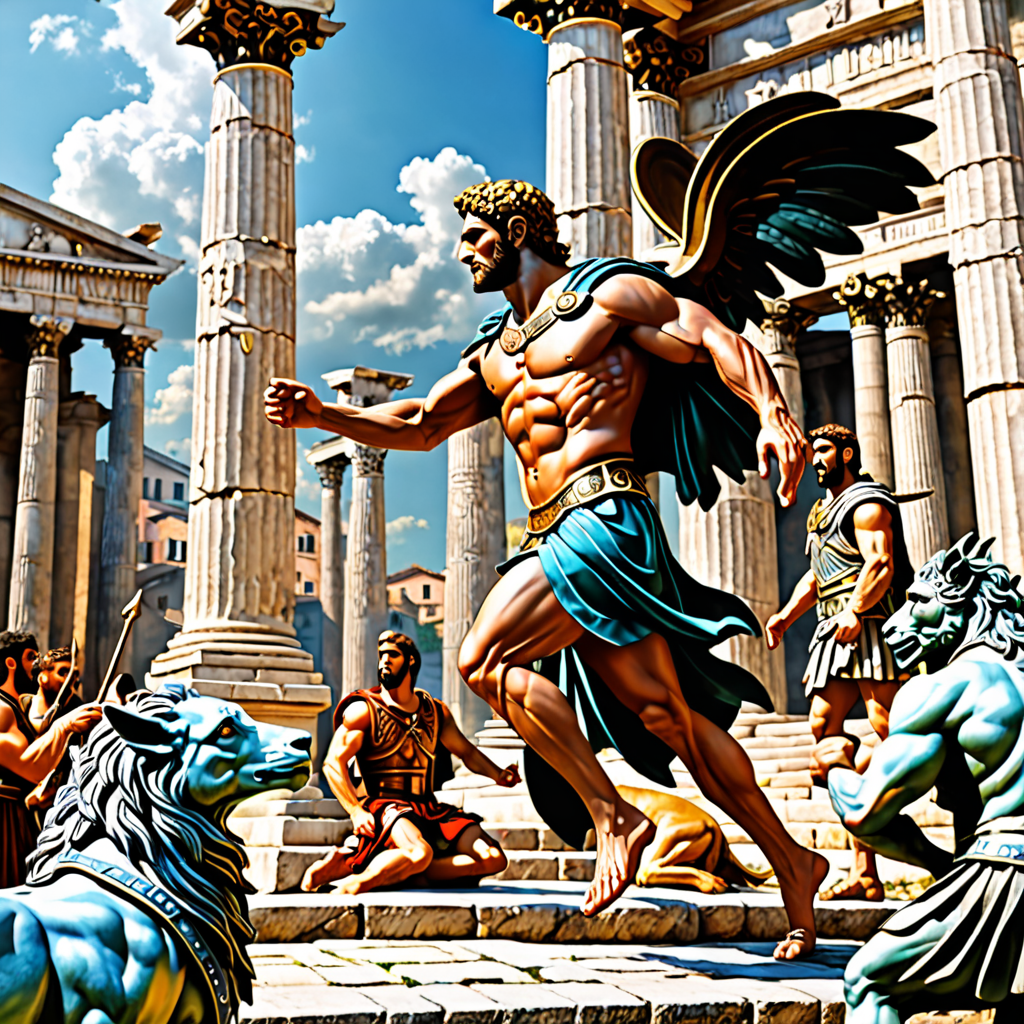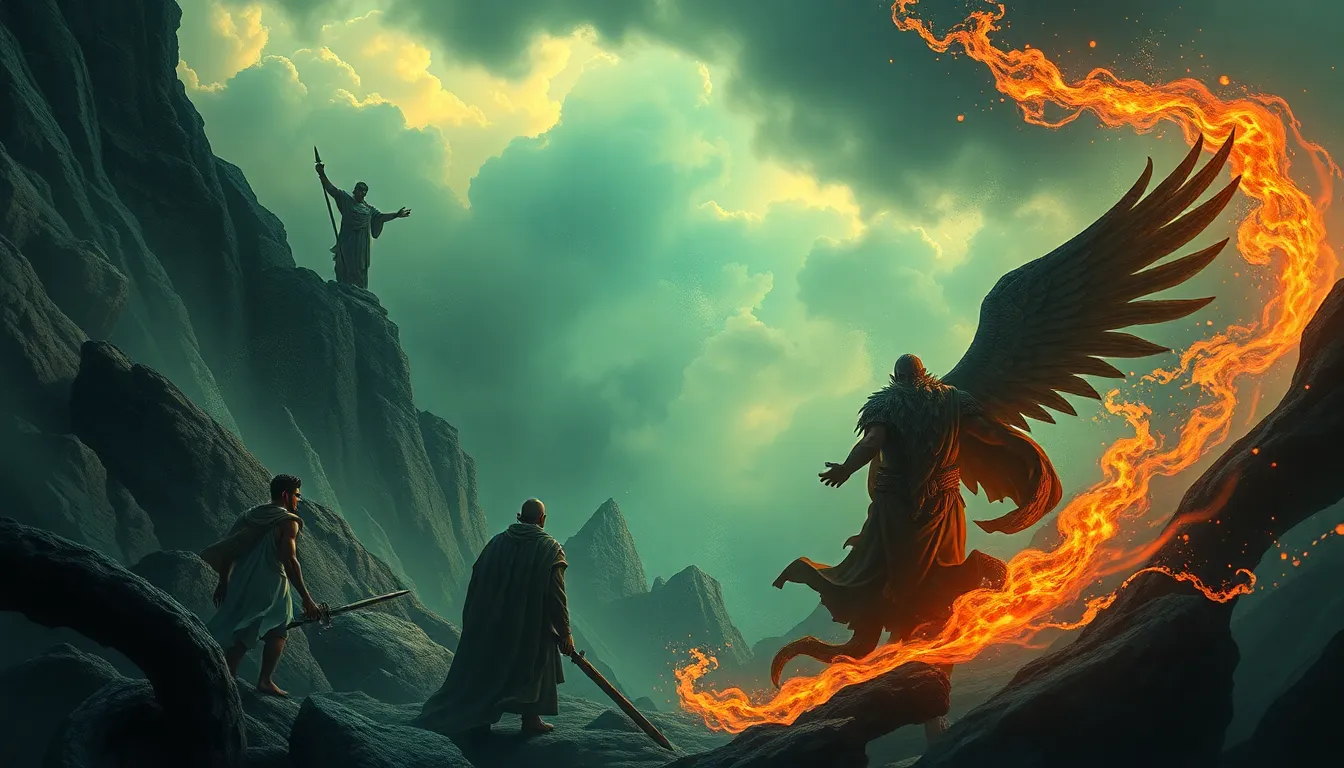The Mythological Creatures of Roman Folklore
Introduction to Roman Mythology Creatures
Roman folklore is rich with mythological creatures that have captured the imagination of people for centuries. These legendary beings have been passed down through stories, art, and traditions, shaping the beliefs of the ancient Romans.
Notable Mythological Creatures
1. Centaurs:
In Roman mythology, centaurs are creatures with the upper body of a human and the lower body of a horse. Known for their wild nature and skill in battle, centaurs often appear in stories of heroism and conflict.
2. Harpies:
Harpies are winged spirits with the face of a woman and the body of a bird. In Roman folklore, these creatures were often depicted as agents of punishment, carrying out divine retribution against wrongdoers.
3. Griffins:
Griffins are majestic creatures with the body of a lion and the head and wings of an eagle. In Roman mythology, they were seen as protectors of treasure and symbols of strength and bravery.
Symbolism and Meanings
Many of these mythological creatures held symbolic meanings in Roman folklore. For example, centaurs could represent the dual nature of humans – embodying both the civilized and untamed aspects of humanity. Harpies were often seen as omens of tragedy and chaos, while griffins symbolized power and guardianship.
Legacy in Modern Culture
The influence of Roman mythological creatures can still be seen in modern culture. From literature to movies, these legendary beings continue to inspire artists and storytellers, keeping the magic of Roman folklore alive in the hearts of many.
FAQ: Mythological Creatures of Roman Folklore
What are some iconic mythological creatures in Roman folklore?
Legendary beings like the Sphinx, Centaurs, and Harpies are prominent in Roman mythology. The Cerberus, a three-headed dog guardian of the underworld, and the Minotaur, a half-man half-bull creature, are also well-known.
What was the role of mythological creatures in Roman culture?
Mythological creatures played varied roles – some were protectors or guardians like the Griffin, while others like the Cyclops symbolized chaos and destruction. These creatures often personified aspects of nature or human emotions in stories, teaching valuable moral lessons.
Are there any heroic mythological creatures in Roman folklore?
Yes, beings like the Pegasus, a winged horse linked to heroes like Bellerophon, and the Phoenix, a bird reborn from its ashes, were symbols of resilience, courage, and transformation in Roman myths.
How did mythological creatures influence art and literature in ancient Rome?
Mythical creatures inspired Roman artists and writers, appearing in mosaics, sculptures, and poems. They added depth and intrigue to tales of gods and heroes, captivating audiences and leaving a lasting impact on Roman culture.



